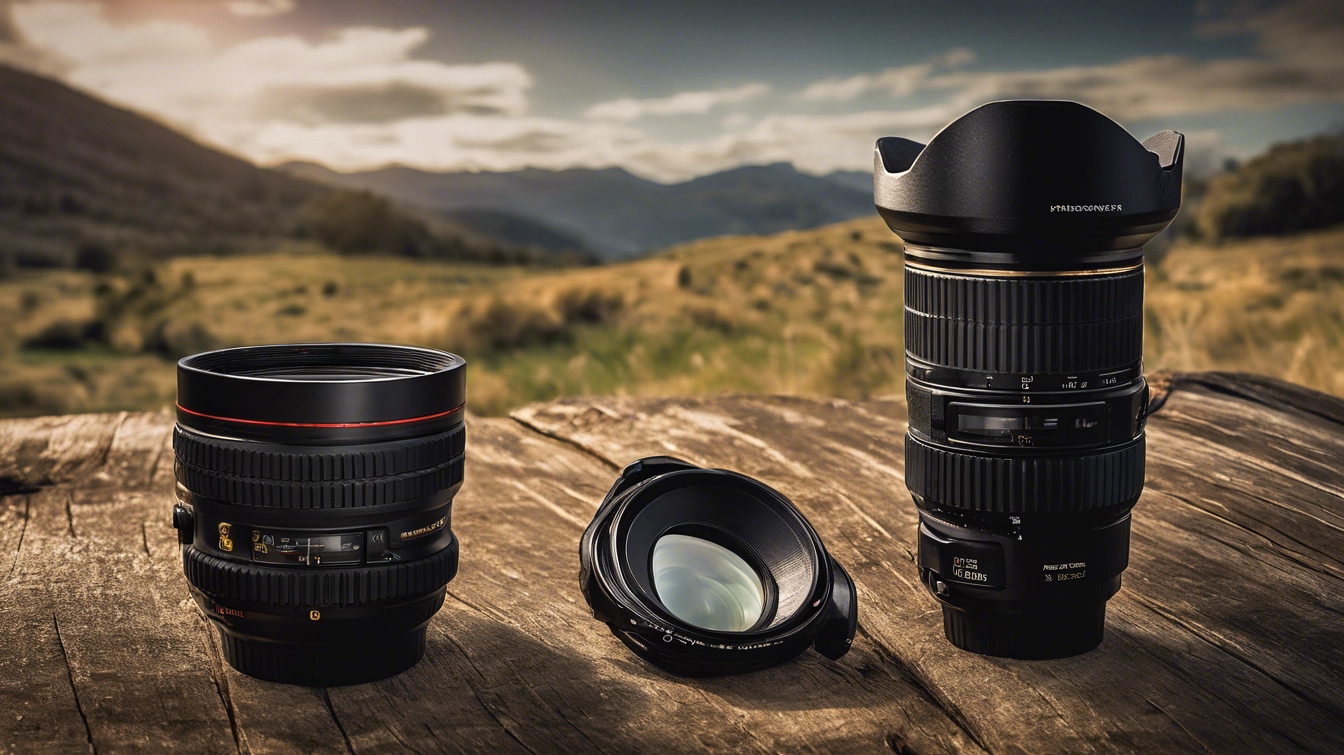HOME / SINGLE POST

Your camera lens may be the key to your wondering why your pictures don’t exactly match what you see in your mental eye. The style and feel of your pictures will be much changed by the lens you use; so, selecting the correct one is essential to obtaining the shots you want.
This essay will go over the many kinds of lenses and assist you in knowing which ones fit which kind of photography. There is a lens out there ideal for your work whether are taking action photos, portraiture, or landscapes.
Wide-angle lenses are your finest weapon for capturing broad, sweeping vistas; they typically go from 10mm to 35mm. Perfect for interior photography, architecture, and landscapes, they help you more easily fit the frame.
Example: For landscapes, for instance, a 10–20mm lens is ideal as it offers a broad field of view that lets you incorporate the sky, mountains, and foreground all in one photo.
Tip: Particularly with ultra-wide lenses, be aware of distortion at the frame’s boundaries. Depending on your vision, this might be either something to avoid or a brilliant result.
Often referred to as “walk-around,” standard lenses—such as the 35mm or 50mm—are remarkably adaptable. Great for daily photography, street photography, and portraiture, they provide a natural viewpoint comparable to what the human eye detects.
Example: For portraits, for instance, a 50mm lens is excellent as it provides a pleasing viewpoint with a small depth of vision ideal for generating that beautiful background blur (bokeh).
Tip: Standard lenses are ideal for low-light conditions, particularly if their wide aperture—f/1.8 or f/1.4—allows more light to strike the sensor.
Capturing far-off things calls for telephoto lenses, usually 70mm and higher. These lenses let you zoom in and make the subject seem closer than it is whether you are capturing events, sports, or nature.
Example: Sports photography, for instance, calls for a 70–200mm lens to help you record the action from a distance while maintaining crisp and in focus on your subject.
Tip: Any movement of the camera might blur your subject as telephoto lenses enlarge your object. To keep your images consistent, think about keeping a tripod or lens with image stabilization (IS) handy.
Designed for close-up photography, macro lenses let you brilliantly clearly catch little elements. Usually with a 1:1 magnification ratio, these lenses cause the subject to show on your camera’s sensor life-sized.
Example: For instance, photographing flowers, insects, or any little item where detail is critical, a 100mm macro lens is ideal.
Tip: to get more of your subject in focus while photographing macro, depth of field is quite narrow, hence you might have to shut down your aperture (use a larger f-stop).
If you’re using a Nikon D5200, you have a wide range of lenses to choose from, thanks to its compatibility with Nikon’s extensive lineup of DX and FX lenses. For example:
Reaching the desired outcomes in your photography depends on selecting the appropriate lens for your approach. Whether your project calls for fast-paced action, intricate close-ups, or panoramic vistas, there is a lens that fits the work. Knowing the advantages of every kind of lens will enable you to decide with knowledge and improve your photography to the next degree.
Therefore, consider the kind of photo you want to get next time you go out with your camera and choose the lens that enable you to get it.
Never miss any important news. Subscribe to our newsletter.